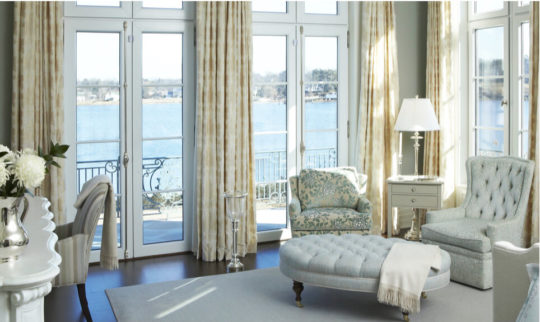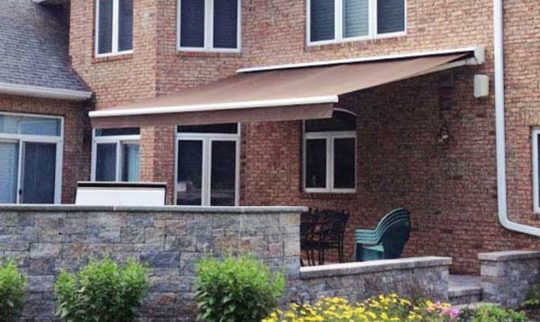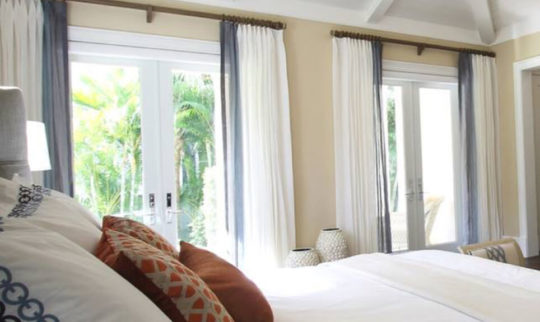Branding ABCs for Interior Designers

The Things I Learned About Branding Your Interior Design Firm
If you’re an interior designer running your own business, congratulations! Being an entrepreneur and running your own design firm can at times be extremely challenging. There are so many components to running a successful design firm, and typically no one person is great at all things. That was one of my inspirations for creating A Well-Designed Business podcast, to provide interior designers with the resources they need to be successful in a highly competitive market.
One of the concepts that has been repeatedly addressed on the podcast, and for good reason, is branding. I know you might be thinking – not again LuAnn. Branding is such an important component to the success of your interior design firm that it bears repeating, whether you are just starting out or have been in the biz for over thirty-years.
Why Should I Be Concerned with My Interior Design Firm’s Brand?
That’s a great question! As business owners, I know we are often told you need to be concerned with your brand, build you brand, grow you brand, and on and on. But, we’re not often told – in a way that makes perfect sense – why we should be concerned with creating and then promoting a brand for our business. Luckily, Kae Whitaker in her podcast episode – Branding Your Business – Finally I Understand It! – gave one of the best explanations I’ve heard on why we need to think about our brand in the current world of online marketing and social media:
“Anybody that’s in the marketplace, whether you are a small business, or whether you are a Fortune 100, or Fortune 500, you are ultimately competing with those larger industry brands that have set the tone for how a business is supposed to represent itself online and off. So now we need to communicate, if we are a solopreneur, individually running our business, we have to communicate as if we have 9,000 employees in order to be able to make an impact on the consumer.”
Once you are able to grab the attention of the consumer, who is your ideal client, you need to effectively communicate to them who you are, what you represent, and what value you can provide them. This allows your potential clients to get a sense of who you are, as opposed to who your competitors might be, and what you can offer that they may not be able to.
Branding dynamo, Nicole Heymer, in her episode – How to Brand Your Business. Yes, again! Do not miss this one!!! – also provided a great explanation for focusing on your brand.
“If you don’t give your potential clients something to hold onto, even if you are in a really small market, let’s say there are only three interior designers in your small city, if you don’t give them some different thing about you that they can hold onto, then you are making them compare on pricing. That’s all you are giving them. And I think we can all agree that is the last thing we want to be compared by. Nobody here is looking to be the Walmart of interior design. You don’t want to compete only on pricing.”
And if that doesn’t have you convinced yet, here are some other great reasons why you need to make branding a priority:
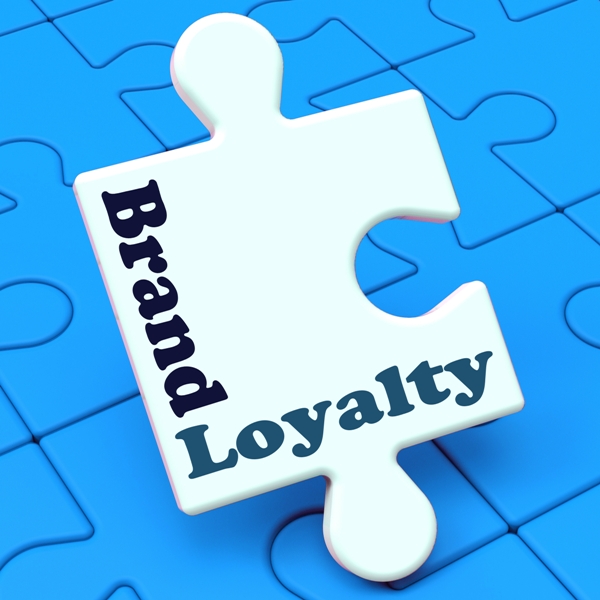
- Very often your design firm will only get one shot to land that potential client, and you have to make the most of that first interaction. Developing your brand will help you identify your ideal client and make it easier to communicate your message to them because, in essence, you’re already speaking the same language. Many of the big brands can overcome a mistake or two, but when you’re a small business owner or solopreneur one mistake could dash your dreams for success.
- At its core, branding is all about your reputation. If you are able to develop a positive reputation with your clients, colleagues, vendors, etc. you’ll continue to land new work and referrals. But, if you develop a negative reputation through your actions, interactions and messaging, either people won’t hire you in the first place, they won’t hire you again or they won’t refer you to others. There’s no way you can grow and achieve the success you want if you have nothing in the pipeline.
How Do You Create a Brand for Your Interior Design Firm?
Very often when people talk about branding they automatically assume you are talking about your company’s logo, or your website, or your favorite font. These design elements are part of your brand, but that’s not where branding begins and ends. Nicole Heymer explained that there are two components to branding: your visual brand and your brand experience. While your visual brand is important for creating recognition in the industry, your brand experience speaks more to how you see yourself, how others see you, and what you have to offer.
1. Your Visual Brand
Your visual brand consists of all those design elements we tend to associate with a brand, like your logo design, website, color palette, font, textures and the look of your social media posts. The visual aspect is an important part of your brand, but ultimately it is secondary to your brand experience. They key to your visual brand is consistency! I can’t stress that enough. For your visual brand to be truly successful, you need to be consistent in all places, at all times.

- Your logo: make sure you can easily identify the final iteration of your logo and where and how it should be used. Invest in having your logo done professionally, so you have confidence in its look when it’s small or blown up and displayed on a billboard. If you have different versions of your logo based on how it’s going to be used, i.e. you may have one version with your tag line and one without it, be sure to specify under what circumstances the logo with the tag line should be used and when the one without it should be used. This way there is never any questions on what gets used where and when.
- Your color palette: pick out a Pantone color(s) that typically match your company’s logo. If you’re using a graphic designer, they can easily provide you with this information. It’s their job and they can do it much faster and easier than you can. Once you’ve established your color, it can be incorporated into items like your website and social media platforms, or used when designing your printed marketing materials like business cards and brochures.
- Your font(s): research and decide on a few fonts, Nicole suggests no more than three, to use across the spectrum of your marketing materials. You can choose one font for headings, a font for the body copy – this font especially should be easy to read and very legible – and optionally a decorative font like a script that is used less than your previous two fonts.
- Your pictures/photographs: this is an especially important aspect for interior designers who rely heavily on images and the quality of their portfolio. One of the keys to great pictures is lighting. Make sure your rooms and/or designs are well lit. There is nothing more disappointing than a spectacular room that is poorly lit. Those pictures can in no way translate how great the room looks. Not to mention, what message are you sending to your clients? You will have a harder time convincing a potential client that you can make their house look great, if you can’t even make your own photographs look great.
Also give thought to how you want to display your images, whether it’s on your website or social media platforms. If you like having all your pictures cropped as circles, then document that in your brand guidelines. In the alternative, if you want all your pictures on social media to have the same filter, then make sure to include the name of that filter.
In the beginning, you may wonder why you had to put so much time into creating your visual brand and developing brand guidelines, but over time you’ll understand the numerous ways it makes your life easier and helps to build your brand.
As Nicole Heymer said, “the value comes in your visual branding after time passes. When you’ve been consistent for so long that people actually recognize it. That is not something that happens in two weeks.”
2. Your Brand Experience
In conjunction with your visual brand, you also need to develop and pay even more attention to your brand experience. I’m sure you are asking the question – what is a brand experience? Different people have different answers, but in essence your brand experience can be likened to your reputation. It’s partly how you see yourself, but it’s also how others see you.

“Brand building starts with the person who owns the company and building a story about yourself that is authentic and relatable and that is going to attract clients that you want to work with and is going to make you easier to pitch because you can see what is unique and special to you as a designer.”
Being honest about who you are, what you can provide and what your ideal client looks like are key to forming an effective brand experience. Don’t try and go after the Nieman Marcus type client, if you’re a Home Goods fanatic. You’re going to make your job of marketing and branding yourself that much more difficult, because you don’t have the same synergy with a Neiman Marcus client that you would with a Home Goods client.
Sandra Funk reiterated that point in her podcast episode – Why and How She Re-Branded her 10 Year old Firm – when she said: “Authenticity is built into my brand.”
Robin Baron also mentioned this in her episode – The President of ASID NY Metro Chapter Talks with us about PR and Brand Development – when she commented: “You need to be really honest and true with yourself because you need to make sure that whatever you define as your ultimate goal, every step along the way has to be in alignment with who you are and what your ultimate goal is.”
You can start developing your brand experience by asking yourself a series of fundamental questions like the following:
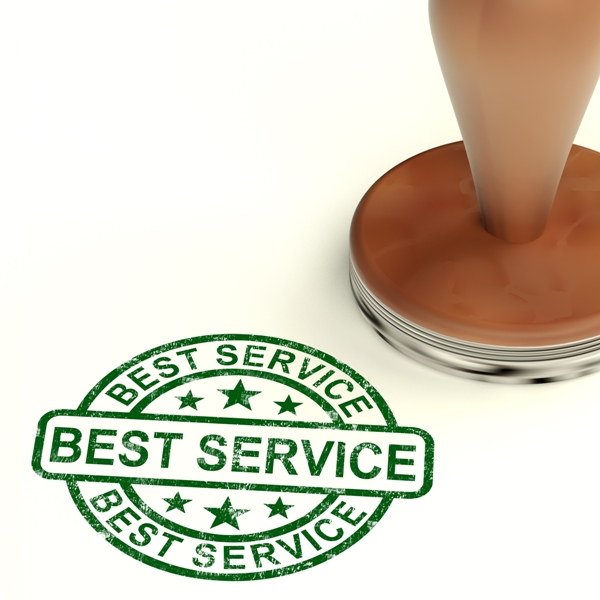
- Who are you as a business? What are your values? Are you a business, like Window Works, that’s all about excellence in customer service? Or are you the full-service design firm that can handle every aspect of a remodel? Most of the time you can identify that quality by looking for what you care about the most. If you’re always obsessed with getting a great bargain deal, then maybe you’re the frugal designer – clients with tight budgets will love you and know that you always have their budgetary backs.
- Kae Whitaker talked about identifying your core values. She said “your core values are what push your business. It’s the things that help you to make the decisions on how you’re going to operate, so they are a huge part of your brand, because without your values, you have no decision-making process because there is nothing that is ruling the way you interact with your customer.”
- What is your ultimate goal? While you’re living in the moment and trying to concentrate on what needs to get done now, you can’t sacrifice your vision for the future. To develop a better brand experience, you have to know where you want to go as a brand. Are you happy with being a solopreneur or do you want an office full of designers that work for you with national offices. Are you interested in working in television or maybe your ultimate goal is to work towards licensing? Maybe you’ve always wanted to develop and sell your own wallpaper designs. These are goals that you can work towards. And once you have identified those goals, you can better understand how your brand fits into your achieving them.
- What is it that makes you special or unique? If you excelled with color in design school and you have a certification in color theory, that ability and knack or unique to you. That is a quality you can promote that your competitors might not have. Your rates may be higher than a competitor, but your clients are willing to pay more because they share your love of color and trust that you have the skills they need.
- How do people describe you or your business? What are people already saying about you? There really is no better way to get a sense of who you are as a designer than to ask some of your former clients or even your vendors. You may be surprised to find out how they see you, as opposed to how you see yourself. Also, they may be able to identify unique qualities that you have that were so natural to you that you didn’t even realize they were unique. If a vendor mentions that you’re the first person they think of when someone mentions a nursery, it would probably be a good idea to promote your ability to design nurseries.
- What do you want to be known as? Who is your ideal client? We all are unique individuals and we are going to care about and prioritize different aspects, generally, in life and possibly specifically within the industry. If you’re obsessed with feng shui and want to be known as the feng shui guru, then commit to that choice and promote it. But don’t try and be the ‘go green’ designer, if you’re really not passionate about the environment.
Once you have a sense of who you are and what you have to offer, you will have a much easier time communicating that message consistently and authentically to your customers, vendors and prospects. But at the same time, don’t feel as if you’re locked into or constricted by those parameters. Your brand experience may change and develop over time and that’s ok. You may also be given opportunities to go in different directions from time and time. Just because this potential client doesn’t perfectly fit into your brand experience the way you have defined it, doesn’t mean you shouldn’t take the job.
Nicole Heymer mentioned this very point, saying: “People can be afraid to choose and decide that I am specializing in transitional and I work with clients who are 40-50 years old, and this can feel constricting, but what you are trying to do is to narrow down on your best work and the prospects you have the most fun with and the ones that are the most profitable for you… your wheelhouse.”
Branding is Key to Your Success in the Interior Design Industry
With all the information we’ve covered on branding, I hope you now get a sense of why I bring up this topic so often on the podcast. It goes directly to the heart of who you are and what you want your business to be. An effective visual brand coupled with an authentic brand experience will create a solid foundation for the success of your interior design firm.
If you’ve enjoyed all the great advice and tips we’ve shared from Nicole Heymer, you are just going to love the recent FBLive Flash Mob we did with Nicole. It’s all about branding your interior design firm. Click below to watch it now!
Looking for Even More Tips and Advice on Branding Your Interior Design Firm?
Then check out A-Well Designed Business’ branding podcast playlist below. These episodes of the podcast are packed full of great strategies, advice and tips for branding your interior design business.
- 145: Sandra Funk of House of Funk: Why and How She Re-Branded her 10 Year old Firm
- 125: Nicole Heymer- How To Brand Your Business. Yes, again! Do not miss this one!!!
- 81: Power Talk Friday- Krista Coupar: Build Your Story and Your Brand
- 32: Robin Baron – The President of ASID NY Metro Chapter Talks with us about PR and Brand Development
- 26: Kae Whitaker- Branding Your Business- Finally I Understand It!





